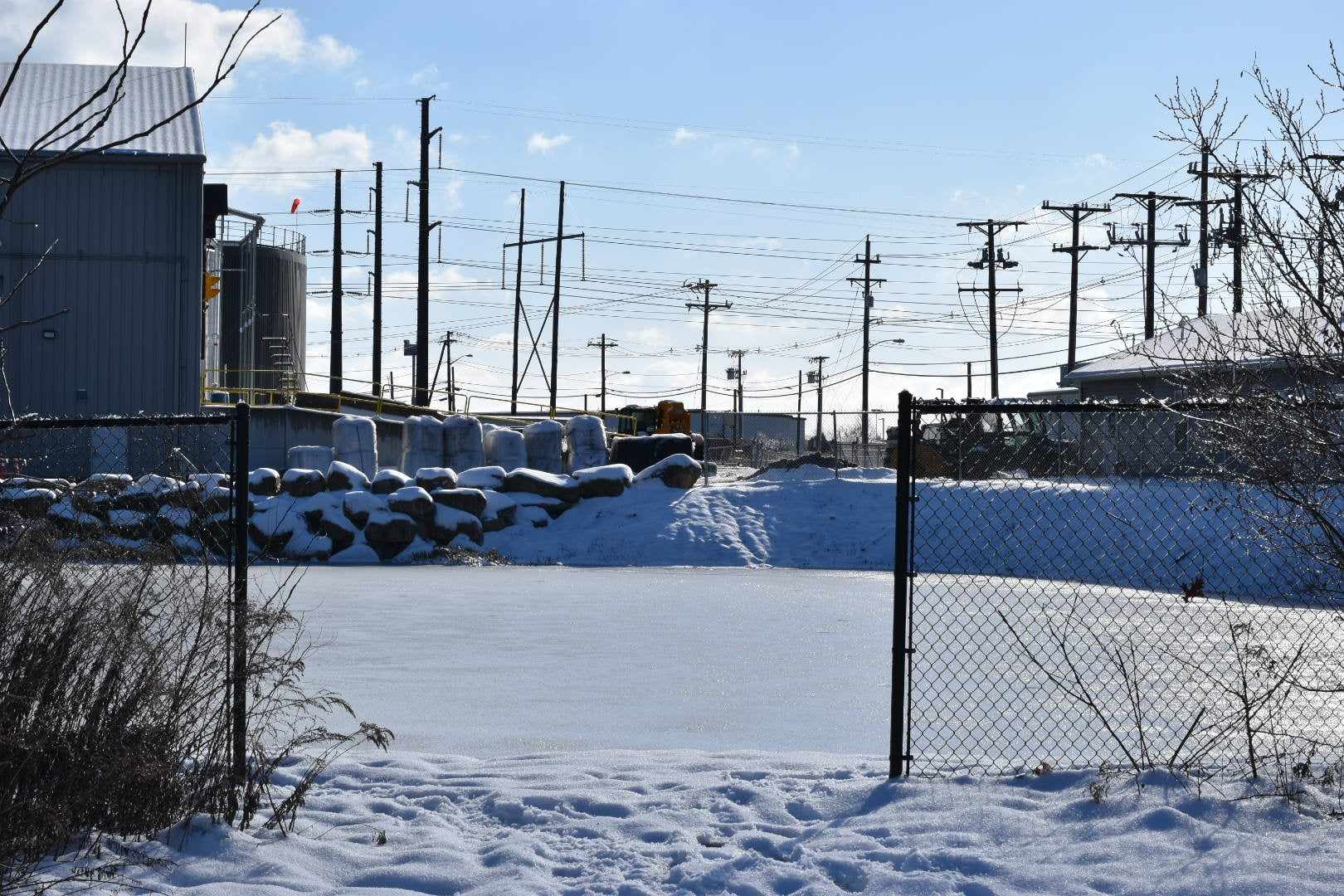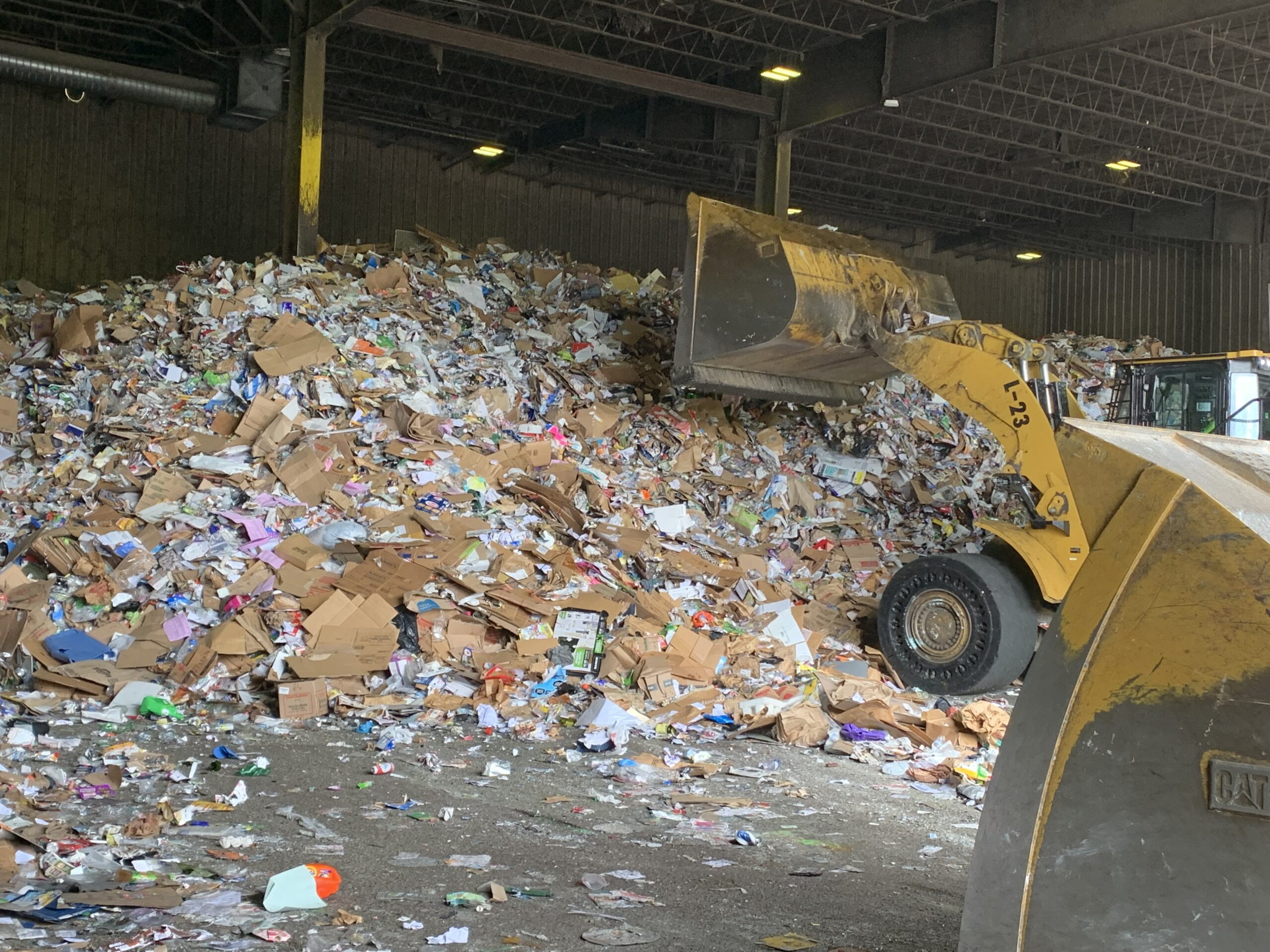The Possible Future of Septic Systems: A Simpler, Cheaper Nitrogen-Removing Design
Nitrogen pollution from failing septic systems, which impairs coastal waters, continues to be a problem in Rhode Island. The solution can be expensive.
April 3, 2021
CHARLESTOWN, R.I. — A simpler, less-expensive, advanced on-site wastewater treatment system will soon be undergoing field tests in Rhode Island.
In the coming weeks, the Rhode Island Department of Environmental Management (DEM) is expected to approve a pilot project to test an experimental nitrogen-removing septic system known as “layered soil treatment area” — or LSTA for short.
Proposed by a consortium of the town of Charlestown and the University of Rhode Island’s Laboratory of Soil Ecology and Microbiology and New England On-Site Wastewater Training Program, the non-proprietary septic system would put nitrogen-removing technology within reach for more coastal homeowners.
Since 2008, the state has required that failing septic systems in the coastal zone be replaced with advanced nitrogen-removing wastewater treatment systems. The requirement also applies to new construction and to major rebuilds.
However, despite the more-stringent regulations, nitrogen pollution, which causes algal blooms, oxygen depletion, and fish kills, continues to be a problem.
A 2016 study, funded by a $674,000 grant from the Environmental Protection Agency, $20,000 from the town, and in-kind contributions from the Salt Ponds Coalition and Save The Bay, showed that even with advanced treatment systems, nitrate levels in groundwater in some Charlestown neighborhoods and in the town’s salt ponds remained high.
Now, armed with a $250,000 grant from the town, the consortium is proposing to replace several failing conventional septics with LSTA systems, which will be monitored for several years to determine their efficacy.
DEM supervising environmental engineer Mohamed Freij said the LSTA system, which uses gravity and a single, small pump, has several advantages over conventional advanced treatment systems.
“The typical denitrification system relies on pumping and circulating the water in different tanks to do denitrification, so there is a pumping process going on constantly,” he said. “It takes power, and there’s a vent and there’s a fan and there’s all kinds of stuff.”
As expensive as they are to install, conventional denitrification systems can also be expensive to operate. In addition to regular maintenance, they can add $50-$100 a month to a homeowner’s electric bill.
The LSTA process is simpler. The effluent first passes through a layer of sand and then moves down to a second layer, which, in addition to sand, contains sawdust and mulch.
Freij explained that the second layer removes the nitrogen.
“When the nitrates hit that layer, the bacteria strips the oxygen from the nitrates and the nitrogen gas escapes into the soil and you will have less nitrogen-loading to the water table,” he said.
Consortium member Alissa Cox, program director at URI’s New England On-Site Wastewater Training Program, noted that the LSTA system is non-proprietary, one of the reasons it costs thousands less than a conventional system.
“Nobody owns a patent to this,” she said. “We don’t have to put R and D [research and development] dollars into this.”
Matt Dowling, the town’s on-site wastewater manager, noted that he has these systems budgeted at $20,000 each for installation, components, engineering, and design.
“They are highly effective, and they’re simple and they’re passive and they’re cheap,” the environmental scientist said.
The LSTA concept has been around for a while, and was first proposed in Canada in the mid-1990s by University of Waterloo professor Will Robertson. The system is already approved for use in Connecticut and is currently being tested in Massachusetts by the Barnstable County Department of Health and the Environment and in Suffolk County, N.Y.
Professor José Amador, of URI’s Laboratory of Soil Ecology and Microbiology, said it was time to begin testing LSTA systems here in Rhode Island.
“It’s going to be a while before we know everything we need to know about it, and that’s why the project that the town of Charlestown wants to carry out and fund is really important,” he said. “Because it’s a non-proprietary technology, nobody’s going to make any money selling these things and so what’s the incentive, other than universities and towns interested finding out how well they perform.”
Dowling said four experimental LSTA systems would be installed at homes with failing septics near Green Hill Pond.
“We did an analysis to find the most densely developed area of Charlestown, meaning the most densely OWTS [on-site wastewater treatment system]-heavy portion of Charlestown within proximity to the most impacted salt pond, which is Green Hill Pond and eastern Ninigret Pond,” he said.
Eastern Ninigret Pond is closed to shellfishing.
Cox said she appreciates the simplicity of the LSTA treatment system.
“I’m interested in sustainable infrastructure related to wastewater treatment, and so, these LSTA systems provide a really exciting option in certain parts of the landscape … to provide a low-cost alternative to some of the more-expensive proprietary technology that we’re now relying on, especially in coastal areas, to reduce the nitrogen-loading that’s going into our watersheds and putting human and environmental health at risk,” she said.
Freij said the LSTA system, if approved for general use, might encourage private companies to develop similar low-tech systems.
“I’m hoping this technology will kind of introduce this option that’s lower in price to encourage other technologies, maybe, to compete a little bit,” he said.




What’s the design life of the LSTA System?
The article says this is a "passive" system. However, it has a pump and a pressurized field.